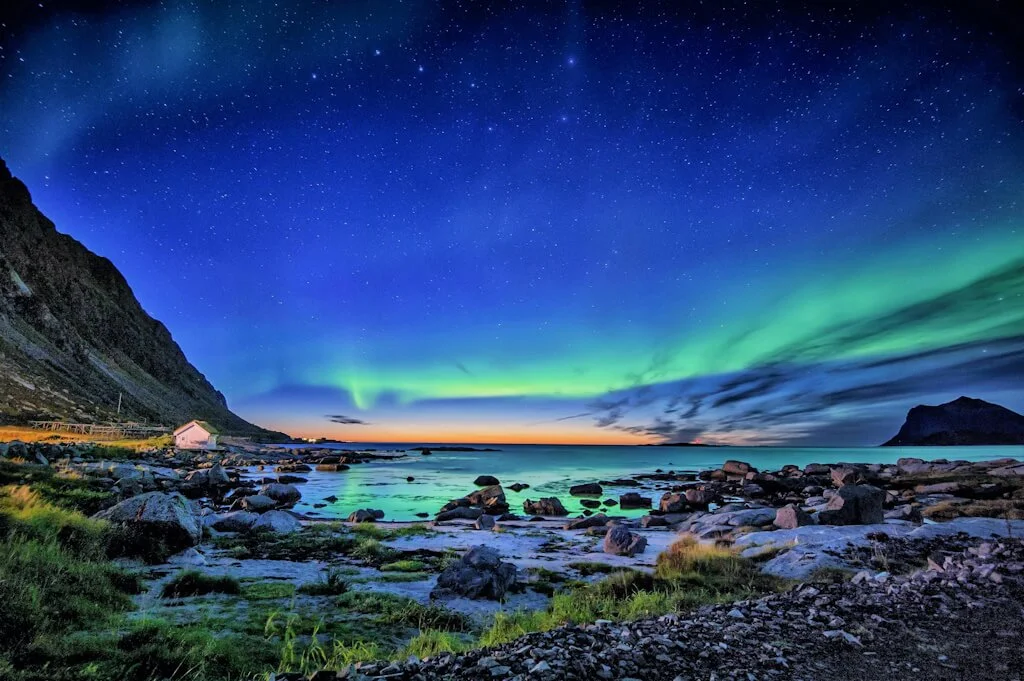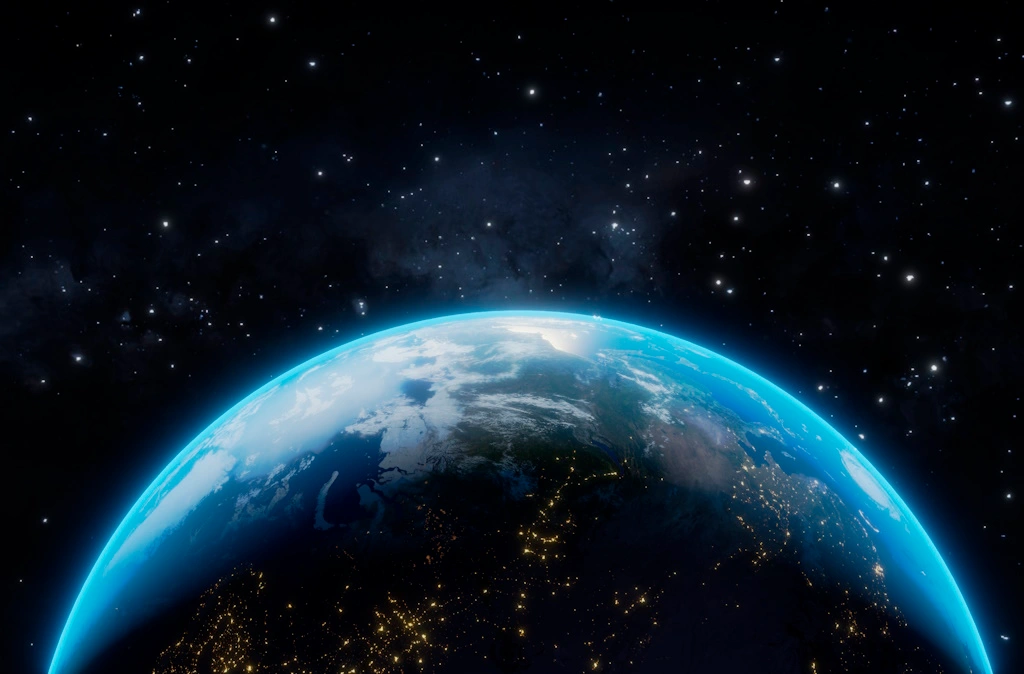Aurora: The Celestial Ballet

The aurora, known as the Northern and Southern Lights, or aurora borealis and aurora australis respectively, is one of nature’s most spectacular displays. This celestial phenomenon paints the polar skies with breathtaking colors, from vibrant greens to deep purples, captivating observers and inspiring artists, poets, and scientists for centuries. The science behind the aurora is as fascinating as the displays are beautiful, rooted in the interactions between the Earth’s atmosphere and the solar wind.
A Cosmic Dance

The story of the aurora begins with the Sun. Our star constantly emits a stream of charged particles known as the solar wind. This stream travels across the solar system, carrying with it pieces of the Sun’s magnetic field. When these charged particles reach the Earth, they encounter the planet’s magnetic field, which guides them towards the magnetic poles.
As these particles descend into the Earth’s upper atmosphere, they collide with molecules of oxygen and nitrogen, transferring their energy to these molecules. The energy excites the molecules to higher energy states, and when they return to their normal state, they release photons — particles of light. It is this light that we observe as the aurora, a process not unlike the one that lights up neon signs.
The Colors of the Aurora

The colors of the aurora are determined by which molecules are involved and how high in the atmosphere the collisions occur. The most common color, a bright green, is produced by oxygen molecules about 60 miles above the Earth. At higher altitudes, above 200 miles, oxygen can produce a rare red aurora. Nitrogen molecules, on the other hand, can produce blue or purplish-red aurora. The variation in colors creates a mesmerizing display, with different hues blending and dancing across the sky.
The Best Places to Witness the Magic
The aurora typically occurs in an oval-shaped zone around the magnetic poles. The Northern Lights are best seen from countries at high latitudes in the Northern Hemisphere such as Norway, Sweden, Iceland, Canada, and Alaska in the United States. The Southern Lights grace the skies of Antarctica, Tasmania, and the southern tips of New Zealand and Chile. The aurora can occasionally be seen at lower latitudes during periods of strong solar activity, surprising observers far from the poles with a rare glimpse of its beauty.
When to See the Aurora
The best time to see the aurora is during the winter months in each hemisphere, when the nights are longest and the skies darkest. Solar activity, which follows an 11-year cycle, also plays a significant role in the frequency and intensity of auroral displays. During periods of high solar activity, known as solar maximum, the aurora may be observed more frequently and at lower latitudes.

A Link to Ancient Cultures
The aurora has been a source of wonder and inspiration throughout human history, featuring in the mythology and folklore of many cultures. The Vikings may have seen the lights as reflections of the shields of the Valkyries, while some Indigenous peoples considered them the spirits of their ancestors. These interpretations, as diverse as they are, speak to the profound impact of the aurora on the human imagination.
Beyond Beauty: The Importance of Auroral Research

While the aurora provides a stunning natural spectacle, it also offers scientists valuable insights into the Earth’s magnetic field, the solar wind, and the complex interactions that occur in the space environment. Understanding the aurora helps researchers predict space weather events, which can impact satellite communications, navigation systems, and even power grids on Earth.
The aurora is a reminder of the Earth’s connection to the Sun and the vast, dynamic cosmos beyond. It encourages us to look up and appreciate the natural wonders of our world, inviting us to explore the mysteries of the universe. Whether as an object of scientific inquiry or a source of artistic inspiration, the aurora stands as one of the most beautiful and awe-inspiring phenomena in the natural world.
Note : The provided information may contain errors; please contact us if you notice any.
Image source: Pexels

















